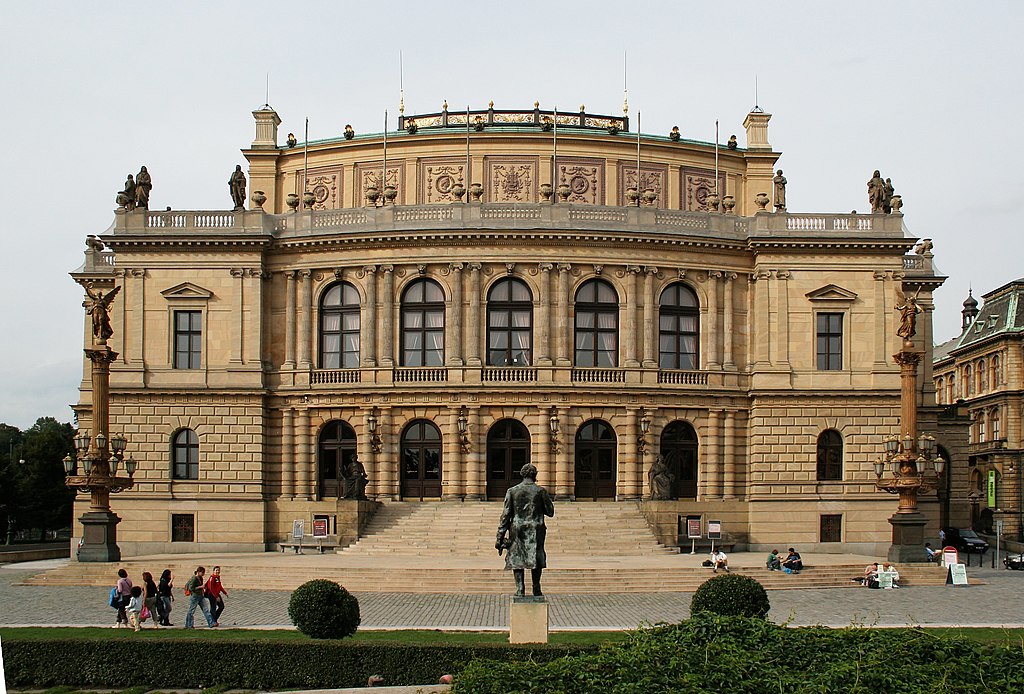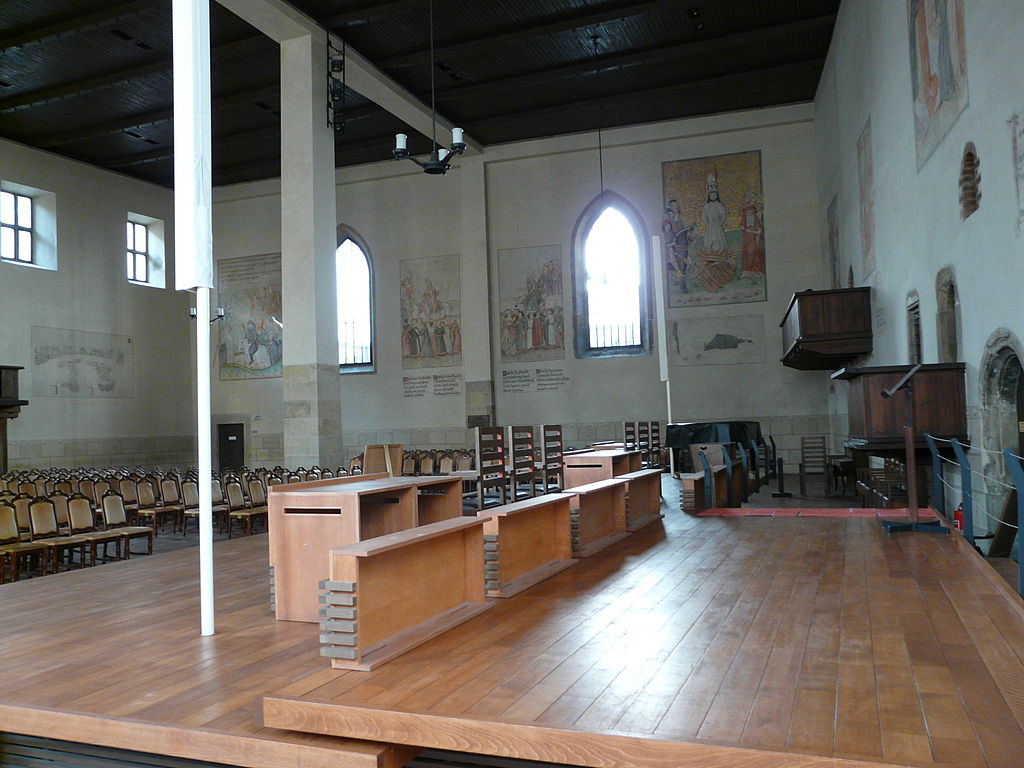-
Rudolfinum in Prague
Rudolfinum House of Artists ( Dum umelcu ) – This grandiose construction, with its elegant architectural forms, stands majestically on the banks of the Vltava and overlooks the square named after Jan Palach, the martyr of the ” Prague Spring ” in 1968. It is also known as the Rudolfinum, as it was named in honour of Rudolph of Habsburg. It was built in the second half of the 19th century by J. Zitek and J. Schulz. Once the seat of the Czechoslovak Parliament ( 1919 – 1939 ), it is considered to be one of the most outstanding examples of neo – Renaissance architecture in Prague. An allegory dedicated to Wagner adorns the main…
-
Bethlehem Chapel
Bethlehem Chapel ( Betlemska kaple ) The building which stands here today is the result of a faithful reconstruction of the original, destroyed in the second half of the 18th century. This work was completed in the early 1950s by J. Fragner who gathered information about the original chapel from old iconographic sources, descriptions and prints of the earlier building, This had been built towards the end of the 14th century at the request of the citizens of Prague who wanted a church where they could celebrate Mass in their own language. Instead the church authorities only gave their permission for the construction of a Gothic chapel, although this was capable of…
-
Czernin Palace Prague
Czernin Palace ( Cerninsky palac ) – Now the seat of the Ministry of Foreign Affairs, the distinguishing marks of this majestic building are its imposing size and the massive colonnade which runs the length of the facade. The whole length of the ground floor level is constructed with massive diamond – pointed rustication. Work was begun on the palace in the second half of the 17th century by order of the Ambassador to Vienna, Count Czernin of Chudenice. It was completed towards the end of the century under the supervision of the diplomat’ s son, Hermann Czernin. The many eminent Italian artists who took part in the construction of the palace made some…


